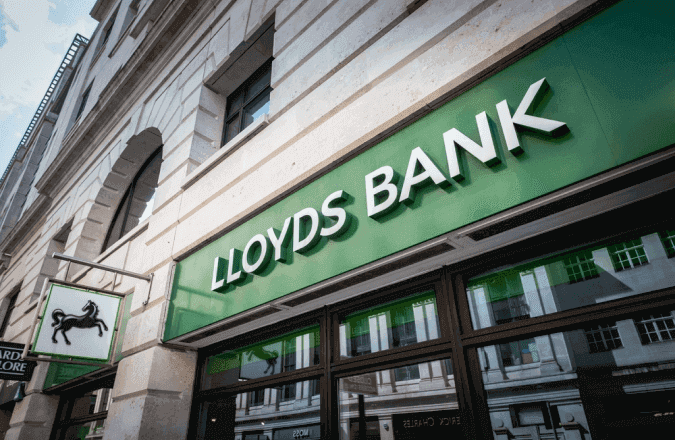Share Price Analysis: Lloyds Bank
Shares of Lloyds Banking Group have struggled to find their footing in the past, but the company’s strong fundamentals have made it an attractive investment, and investors are finally catching on.
Shares of Lloyds Banking Group have struggled to find their footing in the past, but the company’s strong fundamentals have made it an attractive investment, and investors are finally catching on. The share price surpassed the 50 pence mark at the end of March for the first time in over a year as appetite for stocks has increased with resilient macroeconomic data. But investors want to know if shares of Lloyds can trade back at £1, a level not seen since 2008.
Fundamentally, the bank is strong, with a widely recognisable brand and a large customer base. Earnings have remained robust, with post-tax profits at £5.5bn and £3.9bn in 2023 and 2022 respectively. Interest income – a key revenue source for banks – has grown consistently for the past 5 years, increasing 30% from 2019 to 2023.
Even so, market sentiment has been holding the share price back, resulting in a price-to-earnings (P/E) ratio that makes the company look undervalued. But appetite in the UK banking sector seems to be turning. Interest rates are expected to start dropping soon, which could be a headwind for banks, but it is also expected to boost the wider market, which is likely to reflect on Lloyds share price eventually.
The issue doesn’t seem to be so much with the company’s fundamentals, but rather with investor concerns about loan defaults if the economy continues to perform weakly. After all, the GDP data confirmed that the UK economy entered a technical recession in the second half of 2023, with two consecutive quarters of negative growth. And whilst growth is struggling, inflation continues to be an issue, especially in the services sector, where there are still upward pressures on wages. Markets now only have one rate cut fully priced in for 2024, a stark contrast to where the year started.
So, there is reason to believe that investors are nervous about the long-term outlook for the UK economy, and that has an impact on consumers and their ability to pay back loans. For this reason, the likelihood of getting Lloyds shares back up to £1 is pretty slim until the economic uncertainty clears up, and that is unlikely to happen this year.
Technically, Lloyds shares need to clear a key resistance range between 54 and 56 pence before any further momentum can be achieved. The last three times it has ventured into this area the Relative Strength Index (RSI) has been heavily overbought, which has dampened the bullish appetite. The fact that the RSI has pulled back to 50 whilst the price has remained above 50 pence per share, suggests the bearish reversal could be lacking support.
Lloyds Banking Group Daily Chart
(Past performance is not a reliable indicator of future results)